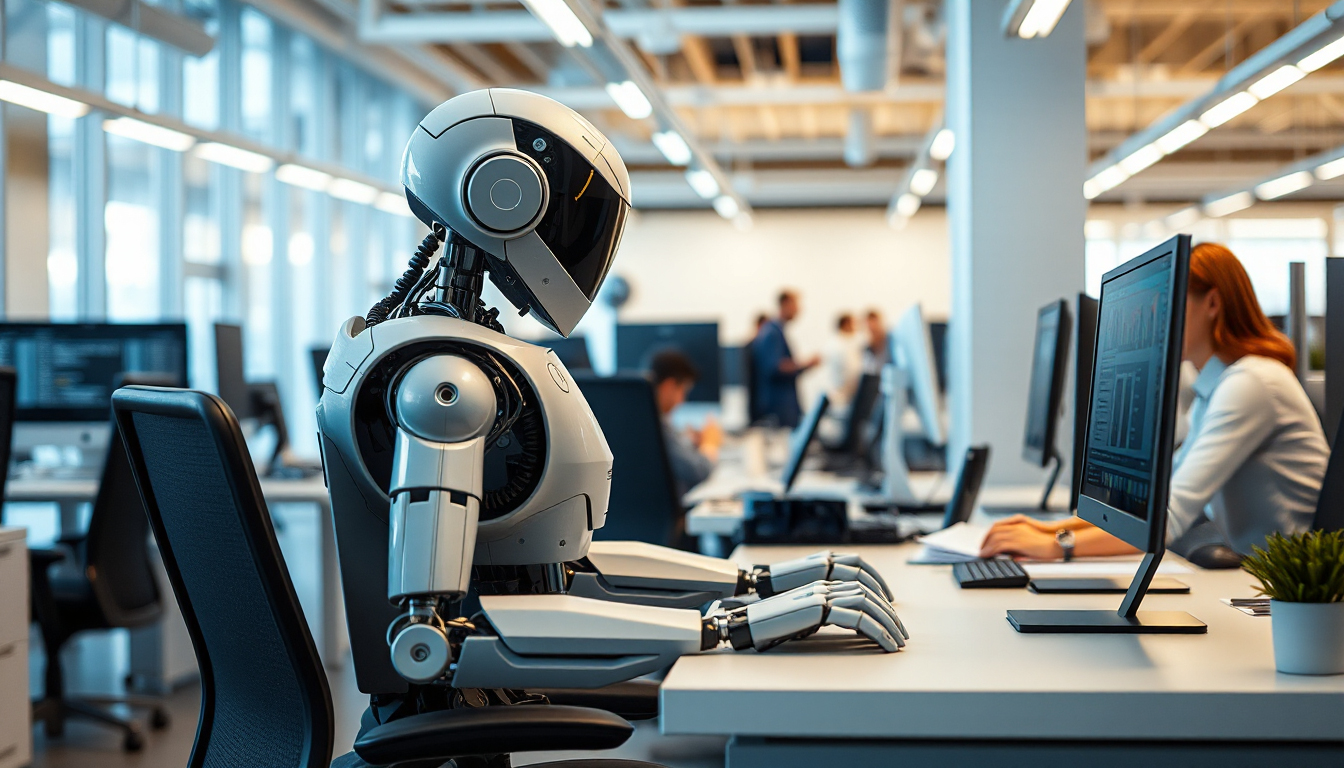
Reshaping Culture with the 10/80/10 Rule
How the 10/80/10 framework helps your team work with AI—not fear it.
There’s a common misconception floating around leadership circles today: that AI is coming to replace employees. It’s an understandable concern, especially with the speed of recent developments. But the real shift happening in the workplace isn’t about replacement. It’s about displacement based on capability. Specifically, employees who know how to effectively leverage AI are replacing those who don’t.
This new reality isn’t about job loss—it’s about skill evolution. And the companies that thrive will be the ones that empower their teams to work with AI, not fear it. At the heart of this shift lies the 10/80/10 rule: a simple but powerful framework guiding how people and AI work together efficiently.
What Is the 10/80/10 Rule?
Think of the 10/80/10 rule as a workflow breakdown:
- 10% human effort on the input: This is the phase where critical thinking, context setting, and clear prompting matter.
- 80% AI execution: The bulk of the heavy lifting—summarizing, generating, analyzing, formatting—happens here.
- 10% human refinement: Finally, human expertise shapes the AI output into something sharp, usable, and high-quality.
This division isn’t about giving up control. It’s about multiplying what a skilled professional can achieve. A marketer who once needed a week to build a campaign plan can now create and refine it in a day. An operations analyst can automate the first pass of a performance report and spend more time on strategic insights.
It’s not about AI doing your job. It’s about AI doing the parts that prevent you from doing your best work.
Why Most Teams Are Missing the Opportunity
The 10/80/10 rule shows up naturally when someone is using AI well. But here’s the problem: most organizations haven’t given their teams permission, training, or space to work this way.
Many employees are either:
- Overusing AI without quality control (skipping the last 10%)
- Underusing it due to fear or misunderstanding
- Stuck in “trial-and-error mode,” with no clear workflows
Meanwhile, companies that are winning with AI are putting structure around this. They’re teaching teams how to write better prompts. They’re building AI into their SOPs. They’re measuring improvements not just in speed, but in decision-making, consistency, and creativity.
And just as important: they’re reducing burnout by automating the draining parts of the job—leaving employees more room for work that energizes them.
The Role of Leadership in Building AI Capability
Leaders don’t need to master every AI tool. But they do need to:
- Understand how AI changes workflows (and job expectations)
- Remove friction for teams to experiment and iterate
- Celebrate outcomes where AI was part of the process
One of the simplest ways to start is by identifying high-friction tasks within your org and seeing how they map to the 10/80/10 rule. Are there repetitive tasks that could be mostly automated with 80% AI? Are there knowledge workers spending hours formatting documents or writing the same types of emails?
Once you spot the patterns, you can build playbooks that empower employees to do the first and last 10% well. This isn’t about mandating AI use. It’s about showing that it belongs in the work.
The Future Belongs to AI-Enabled People
The fear that AI will replace workers misses the deeper truth: workers who understand how to use AI will replace those who don’t.
The 10/80/10 rule offers a clear model for creating this advantage. When your teams adopt it, they’re not just keeping up with technology—they’re leading a smarter, more human-centered way of working.
And the impact? Higher job satisfaction, stronger performance, and an organization that scales excellence without scaling burnout.



